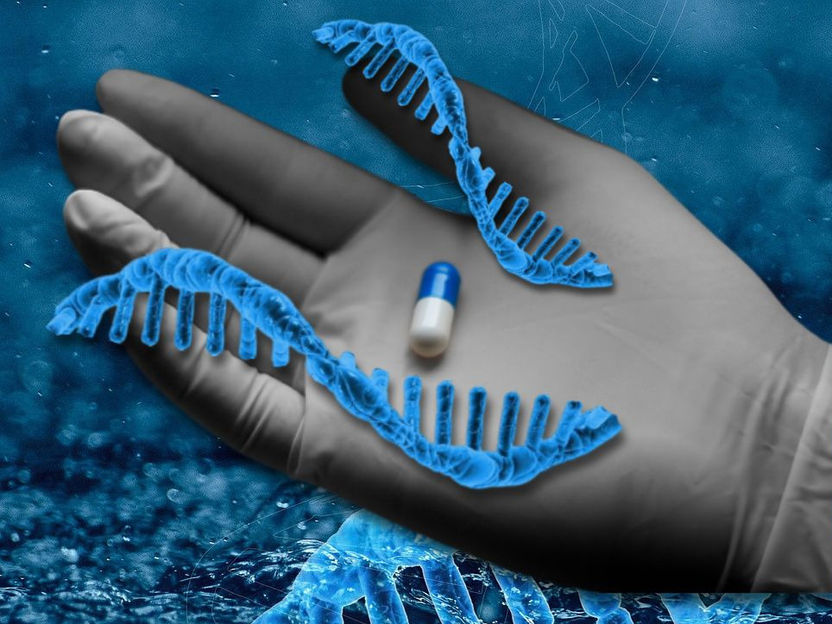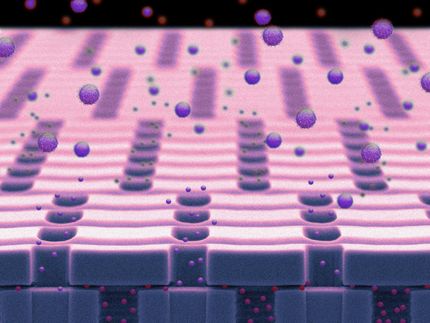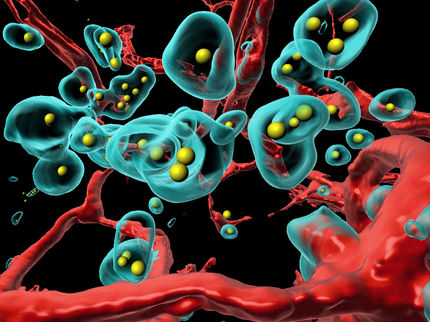Evonik to market and develop new drug delivery platform for mRNA and gene therapy
Evonik and Stanford University sign research collaboration
Evonik is working with Stanford University on a technology to deliver mRNA to tissues and organs that goes beyond the capabilities of lipid nanoparticles (LNPs). This polymer-based platform complements Evonik’s existing portfolio of lipid-based drug delivery, including LNPs. Starting this month, Evonik and Stanford scientists begin a three-year sponsored research collaboration to develop the polymer-based drug delivery system, which Evonik will license and commercialize.

Symbolic image
pixabay.com
The new drug delivery technology of Evonik’s Health Care business accelerates the portfolio shift of the life science division Nutrition & Care towards system solutions. Characterized by high growth prospects and above average margin potential, Nutrition & Care aims to increase the share of system solutions it offers from 20 percent today, to more than 50 percent by 2030.
“We are proud to collaborate with Stanford University and combine our innovative power in advanced drug delivery. Through this project we look forward to enabling the next generation of mRNA-based medicine,” says Dr. Thomas Riermeier, head of Evonik’s Health Care business line.
The delivery of mRNA effectively and safely into the cell is one of the biggest challenges for expanding the use of mRNA therapeutics to promising fields such as cancer immunotherapy, protein replacement and gene editing. As a leading integrated development and manufacturing partner for advanced drug delivery, Evonik is well-positioned to address many of the pharma industry’s unmet needs. Today, Evonik’s accessible market for LNP-based delivery systems alone is estimated to be in excess of USD 5 billion by 2026.
“If we are to harness the full potential of mRNA therapeutics, we will need a toolbox of drug delivery technologies to target an expanded range of tissues and organs. Therefore, it is a great pleasure to collaborate with Stanford University and bring our expertise in advanced drug delivery to commercialize the new platform,” says Dr. Stefan Randl, Vice President of Research, Development & Innovation for Evonik Health Care.
Evonik will work together with Stanford University scientists to scale up the synthesis and formulation, and further develop this innovative technology for organ selective delivery based on a non-animal-derived, synthetic degradable polymer. As one of the few integrated development and manufacturing partners for gene therapies, Evonik aims to make this technology available in GMP quality (Good Manufacturing Practice) for use in clinical-stage developments and ultimately on a commercial scale.
The new polymer-based delivery platform, known as CART (Charge Altering Releasable Transporters), was developed by Professor Robert Waymouth, Professor Paul Wender and Professor Ronald Levy of Stanford University.
Across the entire pharmaceutical value chain, Evonik assumes a leading position as development and manufacturing partner. This includes pharmaceutical excipients such as lipids and custom lipids, formulation development and the manufacturing of clinical samples, as well as commercial drug products. The new polymer-based delivery system developed at Stanford University complements Evonik’s technology platform for mRNA delivery.
Evonik recognized the potential of gene-based therapeutic approaches early in the emergence of these advances and made a targeted investment with the acquisition of Transferra Nanosciences in 2016. The Vancouver-based laboratories have a strong focus on parenteral drug formulation development using lipid nanoparticles and liposomes.
The portfolio was further expanded in 2020 with the acquisition of Wilshire Technologies, an American manufacturer of non-animal derived excipients for the pharmaceutical industry. This includes PhytoChol®, a non-animal derived cholesterol, used in many commercial parenteral pharmaceutical products.























































